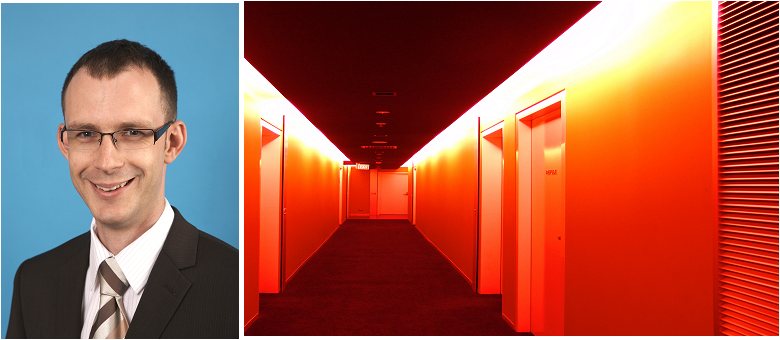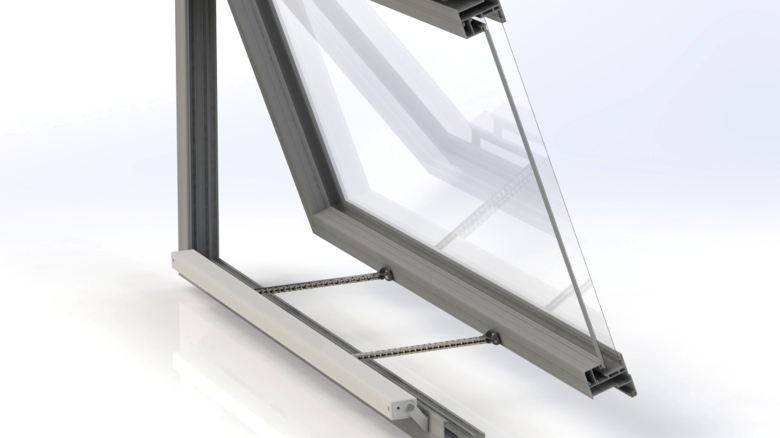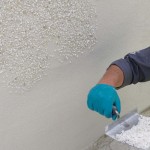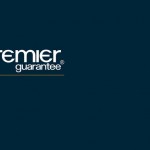EN12101 – Safety in numbers
Life safety provision within buildings has rightfully been under severe scrutiny in recent months, as it is vital to ensure a building provides a safe environment for its residents. Smoke control systems are a vital and integral part of a building’s life safety system and regulations already exist that place a legal responsibility upon a building’s owners to ensure the systems are regularly maintained to a specified standard.
Every smoke control system contains products that are subject to mandated quality standards to ensure that in the case of an emergency, they operate correctly and enable common escape routes to be kept free of smoke, aiding safe escape. In addition they also allow safe entry for fire services to tackle the fire.
In July 2013, the Construction Products Regulations (CPR) mandated the CE marking of all products used within the construction industry that are covered by a harmonised European standard (hEN). For smoke ventilation systems, the suite of product standards used in the UK and Europe is the EN12101 family.
There are a number of applicable standards within this family including EN12101-2, which covers ‘smoke and heat exhaust ventilators (SHEVs), prEN12101-9 for ’control systems’ and EN12101-10 that covers ’power supplies’. This simply means that for these products to be CE marked, they must comply with the relevant EN12101 standard.
Looking specifically at EN12101-2 2003, SHEV’s, both vertical and inclined vents, utilised for life safety smoke ventilation systems, automatically fall within scope of the CPR. This adds stricter testing criteria to ensure product performance meets the required standards and are compliant.
A key element of this standard dictates that the vent and actuator must be tested together, as a system, to all specifications within the annexes of the standard. Additionally, the tests must be conducted at an accredited facility.
The results of all tests are then declared via the certification process proving compliance to the CPR. The certification process also covers the fabrication quality of the vent, as a SHEV carries a higher level of manufacture classification, ‘System 1’, compared to a ‘standard’ window, which is ‘System 3’. If the actuator is fitted on site it must also be delivered under an audited process to ensure the solution is identical to how it was tested.
Products from most leading façade system providers are now tested with SE Controls actuators to this standard, utilising the company’s extensive range of uniquely UK manufactured products.
Merely fitting an actuator to a vent or window, unless they have been tested together, does not provide a compliant solution and compromises the effectiveness of the life safety system.
Non-compliance is policed in the main by Approved Inspectors and Building Control Officers who now look for proof of certification under the directions of BS7346-8 – 2013 ‘Components for smoke control systems Code of Practice for planning, design, installation, commissioning and maintenance’ throughout the construction process.
Complacency and lack of understanding is the issue at hand
It is a common misunderstanding that the Approved Inspector takes responsibility for certification via inspection, however this is not the case, as the responsibility lies with the person placing the product onto the market. Yes, inspectors and clients should and will pick up non-compliance, but they are not fully accountable.
Unfortunately, if proof of compliance cannot be provided, it is too late to sign-off the building, resulting in delays and compensation claims under damage clauses. However, should a non-compliant smoke vent fail during a fire incident, the consequences are far more severe not only to the occupants, but also to the company whose products failed to meet the standard.
Alongside a range of actuators, SE Controls also offers the OSLoop, OS2 and PSU Smoke Control Systems, all of which are compliant to EN12101-10.
From a building design perspective, many SE Controls actuators and control systems are now available as BIM objects, which include extensive product information and COBie data. Whilst this is a complex set of regulations, compliance and a certified solution is verified by a Declaration of Performance (DoP), combined with their delivery qualifications, both on and off-site.
The DoP contains reference to the Notified Approved Body that underwrites the process and the test references. It also contains the performance criteria against the test annexes in the form of declared essential characteristics and is signed by a Director of the company placing the SHEV onto the market.
Whether installation is carried out by SE Controls or an approved SE Controls Installation Partner, a Notified Approved Body will have already underwritten the process.
The entire industry is responsible for ensuring the highest possible standards are met and maintained for life safety systems, however for building owners and product manufacturers, when it comes to smoke ventilations systems, if a DoP cannot be produced, the system is not compliant.















Leave a Reply
Want to join the discussion?Feel free to contribute!